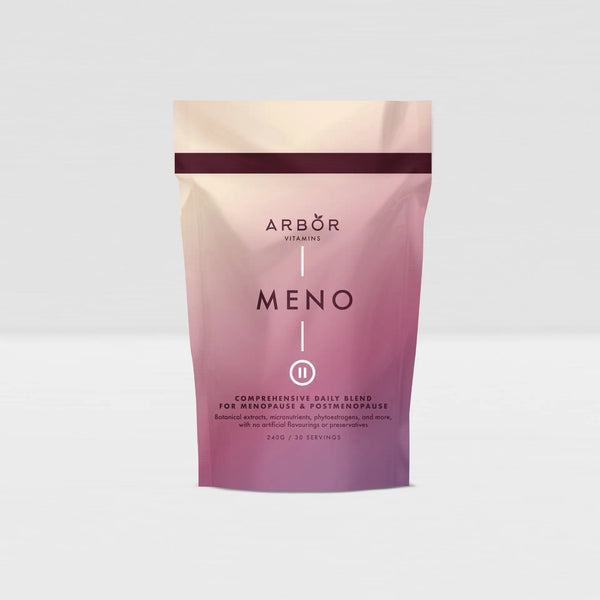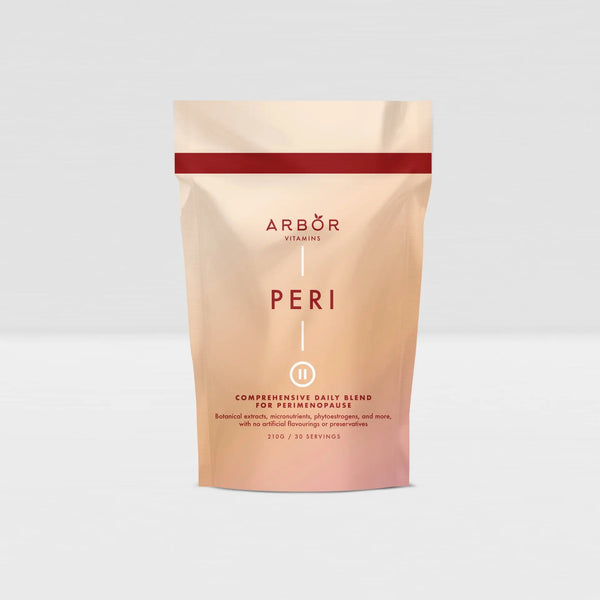Edible Mushrooms of the UK: A Mycological Exploration
Mushroom foraging is a beloved tradition in the UK, thanks to its diverse landscapes and favourable climate. From lush woodlands to grassy meadows, the UK's environment is home to a wide variety of edible mushrooms. While foraging offers a rewarding experience, it requires caution, as many mushrooms have poisonous look-alikes. This post explores the fascinating world of edible mushrooms in the UK and the benefits they provide. Additionally, we will touch upon how our mushroom blends like MYCO Morning and MYCO Night can help support your health and wellness, whether you're a forager or simply looking to harness the power of fungi in your daily routine.
Introduction to Edible Mushrooms: The Fungal Kingdom and Human Interaction
Fungi form a unique kingdom of organisms that play vital roles in ecosystems. They decompose organic matter, form symbiotic relationships with plants, and even act as natural predators (Watkinson et al., 2015). Fungi's culinary and medicinal applications have also been celebrated for centuries, making them an essential part of human history. Today, many are drawn to both the culinary benefits and the health-promoting properties of mushrooms.
1. Penny Bun (Boletus edulis)
 Known as Porcini in Italian cuisine, the Penny Bun is a prized mushroom in the UK, typically found in both deciduous and coniferous woodlands. This mushroom forms a mycorrhizal relationship with trees, which benefits both the fungus and the trees (Smith and Read, 2008). Penny Bun mushrooms are highly valued for their rich, nutty flavor and meaty texture. However, over-harvesting and habitat loss are threatening their populations in some areas (Pilz et al., 2007).
Known as Porcini in Italian cuisine, the Penny Bun is a prized mushroom in the UK, typically found in both deciduous and coniferous woodlands. This mushroom forms a mycorrhizal relationship with trees, which benefits both the fungus and the trees (Smith and Read, 2008). Penny Bun mushrooms are highly valued for their rich, nutty flavor and meaty texture. However, over-harvesting and habitat loss are threatening their populations in some areas (Pilz et al., 2007).
For those who want to enjoy the health benefits of mushrooms without foraging, you can try MYCO Morning, a blend featuring a variety of functional mushrooms to support energy and focus throughout the day.
2. Chanterelle (Cantharellus cibarius)

With their distinctive golden hue and funnel shape, Chanterelles are not only visually stunning but also a flavourful addition to any dish. These mushrooms form symbiotic relationships with specific tree species, particularly in broadleaf and coniferous woodlands. Known for their apricot-like aroma, they bring a delicate, fruity flavour to soups, sauces, and more (Hall et al., 2003).
To tap into the cognitive and immune-boosting benefits of mushrooms like Chanterelles, MYCO Night is a great choice. This evening blend of medicinal mushrooms is designed to support relaxation and recovery after a long day.
3. Field Mushroom (Agaricus campestris)

Field Mushrooms are a staple in European diets, often found in grassy fields and meadows. While these mushrooms are delicious and commonly consumed, they are sometimes mistaken for the toxic Yellow Stainer (Agaricus xanthodermus). Consuming the Yellow Stainer can cause gastrointestinal distress, so proper identification is key (Benjamin, 1995).
For individuals who want to safely experience the benefits of mushrooms without foraging, MYCO Morning offers a variety of mushrooms, including those known for their positive effects on mood, immune health, and overall vitality.
4. Hedgehog Mushroom (Hydnum repandum)

The Hedgehog Mushroom is unique for its spiny underside, resembling hedgehog quills. Found in both coniferous and deciduous forests, it thrives in a range of soil types. Its mild flavor and unique texture make it a favorite among foragers (Roberts and Evans, 2011). It is also known for its versatility and can be used in a variety of culinary dishes.
Incorporating medicinal mushrooms into your routine can support your well-being. MYCO Morning can help promote mental clarity and focus with its blend of carefully selected mushrooms, including varieties known for their neuroprotective benefits.
5. Wood Blewit (Lepista nuda)

Wood Blewits are striking with their purple hues and earthy flavor, often found in woodlands and pastures. These mushrooms play a key role in breaking down organic matter, aiding in nutrient cycling and improving soil health (Griffith et al., 2002). As with other wild mushrooms, proper identification is crucial to ensure safe consumption.
To enjoy the immune-boosting and restorative benefits of medicinal mushrooms like the Wood Blewit, MYCO Night offers a calming blend designed to aid in recovery and promote restful sleep.
6. Giant Puffball (Calvatia gigantea)
The Giant Puffball is one of the largest mushrooms in the world, capable of growing to the size of a basketball. When mature, they release spores by the billions, making them one of nature’s most prolific fungi. Their mild flavor makes them suitable for a variety of dishes, and they are often sliced and sautéed or used in soups (Kirk et al., 2008).
For those looking to experience the benefits of mushrooms in a convenient form, Myco Morning and MYCO Night provide daily mushroom supplements that support overall wellness, including immune function, cognitive health, and relaxation.
Fungi – A Confluence of Gastronomy and Ecology
Mushrooms are not only valuable in the kitchen but also play vital roles in our ecosystems. Sustainable foraging practices are essential to ensure the long-term availability of these fungi. As the effects of climate change and habitat destruction continue to alter fungal ecosystems, foragers must be mindful of the impact their activities have on the environment.
While foraging offers many rewards, you can also enhance your health with mushroom-based supplements like MYCO Morning and MYCO Night. These blends provide a safe, consistent, and effective way to incorporate the benefits of medicinal mushrooms into your daily life, supporting everything from energy and focus to sleep and recovery.
Important Note: Always be cautious when foraging for mushrooms. Proper identification is critical, as some species can be toxic or even deadly if consumed.
References:
-
Benjamin, D. R. (1995). Mushrooms: Poisons and Panaceas. WH Freeman and Co.
-
Griffith, G. W., Easton, G. L., & Jones, A. W. (2002). Ecology and Diversity of Waxcap (Hygrocybe spp.) Fungi. Botanical Journal of Scotland, 54(1), 7-22.
-
Hall, I. R., Stephenson, S. L., Buchanan, P. K., Yun, W., & Cole, A. L. (2003). Edible and Poisonous Mushrooms of the World. Timber Press.
-
Kirk, P. M., Cannon, P. F., Minter, D. W., & Stalpers, J. A. (2008). Dictionary of the Fungi. CABI.
-
Pilz, D., McLain, R., Alexander, S., Villarreal-Ruiz, L., Berch, S., Wurtz, T. L., ... & De Geus, P. (2007). Ecology and Management of Commercially Harvested Chanterelle Mushrooms. Gen. Tech. Rep. PNW-GTR-710. Portland, OR: US Department of Agriculture, Forest Service, Pacific Northwest Research Station. 83 p. PNW-GTR-710.
-
Roberts, P., & Evans, S. (2011). The Book of Fungi. University of Chicago Press.
-
Smith, S. E., & Read, D. (2008). Mycorrhizal Symbiosis. Academic Press.
-
Watkinson, S. C., Boddy, L., & Money, N. P. (2015). The Fungi. Academic Press.













